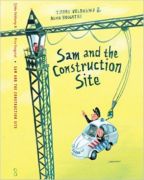
Sam loves to watch construction work. Every day, he stands behind the fence and watches the big machines–the steamroller, the cement truck, and the tall crane–in action.

Sam loves to watch construction work. Every day, he stands behind the fence and watches the big machines–the steamroller, the cement truck, and the tall crane–in action.
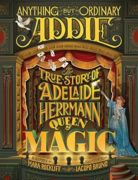
Traces the story of dancer-turned-magician’s assistant Adelaide Herrmann, placing her achievements against a backdrop of period conventions about women in the arts and her determination to continue her work after the death of her husband.
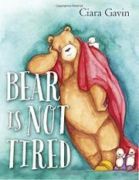
Bear is supposed to sleep through the winter, but he doesn’t want to miss out on any of the fun. Fortunately, Mama Duck comes up with a plan that will help everyone have the perfect winter.
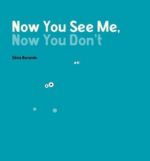
A menagerie of colorful animals can be found within this stylish book, but pay attention! When the background color changes with each turn of the page, a different animal (almost) vanishes — and another seems to appear on every spread.
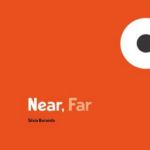
No words are needed in this striking and colorful exploration of animal shapes. Bold graphic forms create a playful exercise in visual perception. At first glance, that green bump might be a grassy hill. But we’re too close to be sure. Step back (turn the page) to see a little more. Now there are two green loopy humps. What could it be? Turn one more page to reveal — of course, the squiggles of a snake! Preschoolers will see animals in a new way when they look from both near and far.
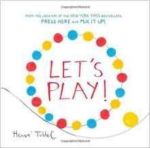
A lively yellow dot leads the reader through a journey through color, shape, and a child’s imagination.
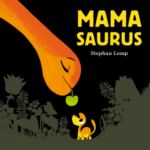
Babysaurus is looking for his mamasaurus and meets different prehistoric animals along the way.
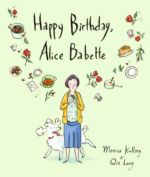
It’s Alice’s birthday! But her friend Gertrude seems to have forgotten. No matter, Alice goes out and enjoys her day just the same. A beautiful spring afternoon in Paris — what could be better? Little does she know that her dear friend has a few surprises up her sleeve.
While Alice spends the day walking around Paris — riding a carousel in the park and watching a puppet show — Gertrude turns her attention to the kitchen. She is determined to make a lavish dinner with all of Alice’s favorite things and write a poem to match the occasion.
But the lure of the perfect poetic line proves to be too distracting, and just as Alice’s day takes an exciting and unexpected turn, Gertrude’s big dinner falls all to pieces. The poem turns out beautifully, of course, but the house is a bit of a mess. It’s a good thing Alice doesn’t mind cleaning up. And that she has such a good brownie recipe for their guests.
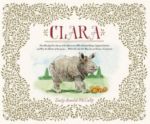
When a rhino is found out at sea, a captain takes her in and shows her the world and shows the world her.
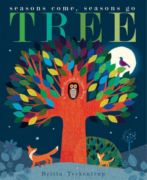
A book with peek-through holes that let a child view the changes in a tree throughout the four seasons.